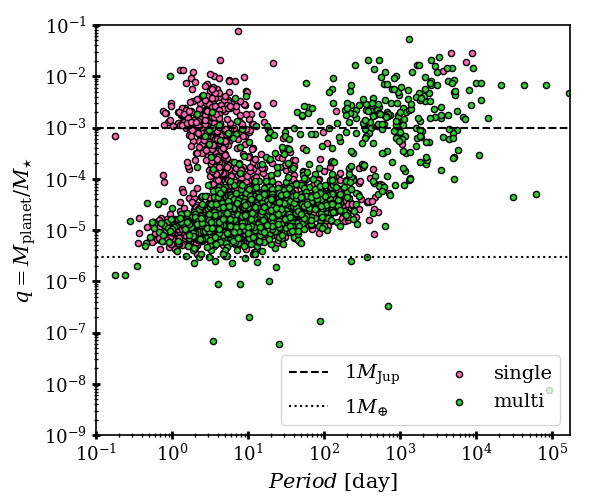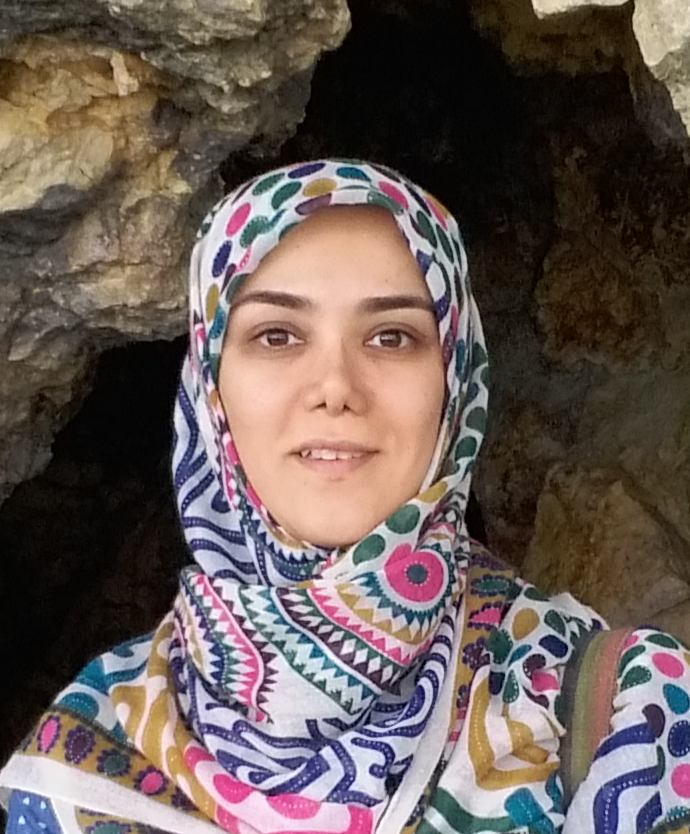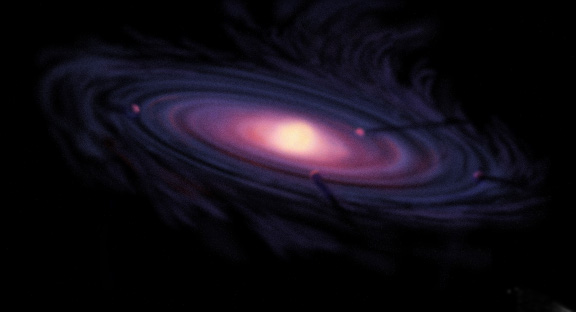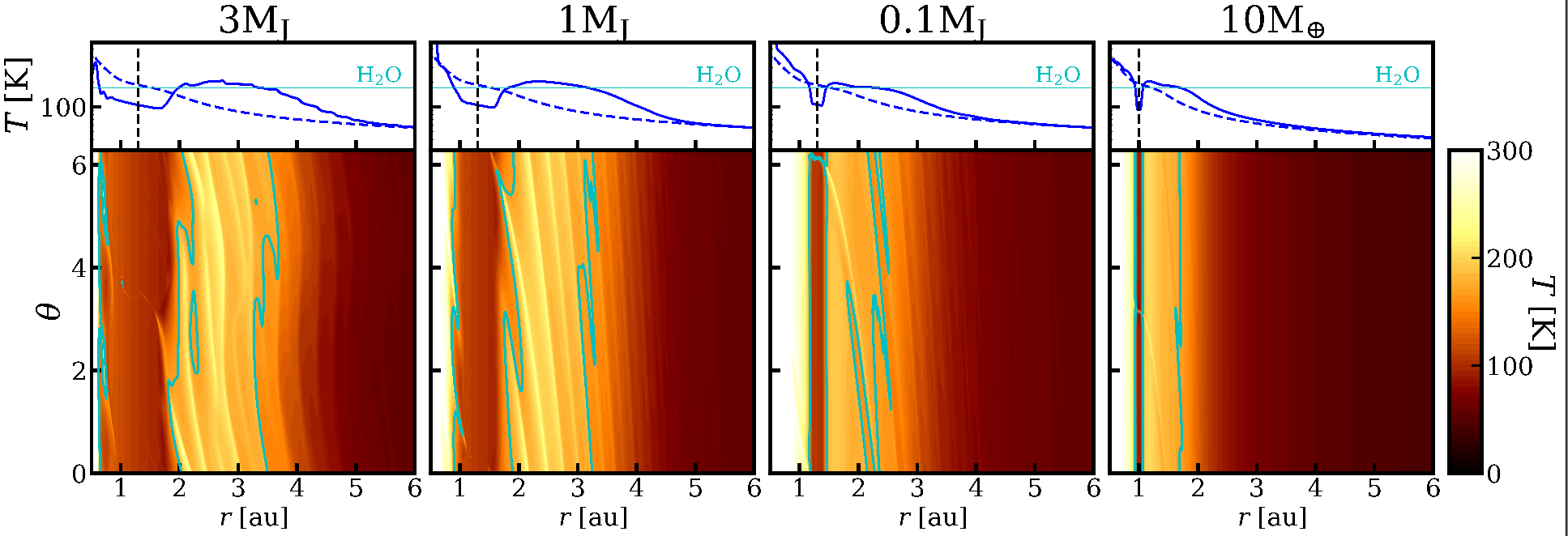Public and Outreach
I was grown up in a city that is located very close to the central desert of Iran, where I got enchanted by its clear and bright night sky. I was dreaming of becoming an astronomer from my childhood, and this dream motived me to study physics and continue in astrophysics.
During my education, I was doing also some activities as an amateur astronomer such as: recording the path of sunspots, hunting deep-sky objects, recording the meteor showers, etc. At the beginning of my Master, I joint one of the very first amateur astronomy groups in Mashhad, Toos Sky, where I could meet many people with similar interests and talk about night-sky in our monthly gatherings. There, with some friends, we became anti-light-pollution activists and were trying to inform people about this problem.
Although, I do not have much time these days, I try to join them or give presentations about my work from time to time.
Some of my old friends in Toos Sky, build a planetarium, named Engarium and use it as a science centre to teach astronomy to kinds, whose sky is not as starry as my childhood. I am very honoured that I am collaborating with them by giving talks and consulting for some of their courses.
Here are some of my recent presentations:
 Distribution of discovered exoplanets shows that there is a population of super-Earths, planets with masses of about 10-20 Earth-mass, that is located very close to their host stars. Several scenarios are proposed for explaining how these planets found their way to those close-in orbits. One of them is resonant migration, in which, a chain of planets that are in mean-motion resonances push the most inner planets out of the disc inner edge towards the central star. The details of this scenario is one of my recent interests.
Distribution of discovered exoplanets shows that there is a population of super-Earths, planets with masses of about 10-20 Earth-mass, that is located very close to their host stars. Several scenarios are proposed for explaining how these planets found their way to those close-in orbits. One of them is resonant migration, in which, a chain of planets that are in mean-motion resonances push the most inner planets out of the disc inner edge towards the central star. The details of this scenario is one of my recent interests.


